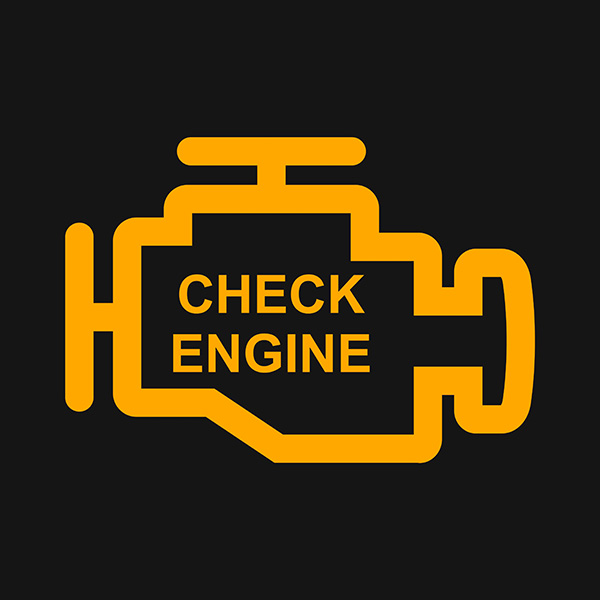
The check engine light, that little glowing icon on your dashboard, can strike fear into any driver’s heart. It’s designed to alert you to potential issues with your vehicle’s engine or related systems. But how accurate is a check engine light diagnosis? Can you always trust what the code reader tells you? The truth is, while the check engine light is an essential tool, understanding its limitations is just as important as paying attention to it.
How the Check Engine Light Works
Your vehicle’s onboard computer (the Engine Control Module, or ECM) monitors various sensors and systems to ensure your engine runs efficiently and within emission standards. When the ECM detects a problem that affects emissions or engine performance, it triggers the check engine light and stores a diagnostic trouble code (DTC).
These codes provide a starting point for diagnosing the problem, but don't always tell the whole story. They point to the system or circuit where a fault was detected, but don’t specify exactly which part has failed.
The Oxygen Sensor Code
A common scenario is a code related to the oxygen sensor (O2 sensor). When this code appears, many drivers assume the sensor itself must be bad and rush to replace it. However, the code only indicates that the sensor is reporting readings out of the expected range — it doesn’t necessarily mean the sensor is faulty.
The real issue could be a vacuum leak, a problem with the mass airflow sensor, or even a clogged catalytic converter. Simply replacing the sensor might not fix the root cause, and the light could return shortly after.
The Importance of Proper Diagnostics
A professional mechanic doesn’t rely solely on code readers to diagnose a problem. Instead, they use the code as a guide to perform further testing, such as checking live data from sensors, performing smoke tests for vacuum leaks, or inspecting fuel trims and component responses.
A thorough diagnostic approach helps avoid unnecessary parts replacement and ensures the actual issue is resolved. This process takes time and expertise but saves money and frustration in the long run.
Generic vs. Manufacturer-Specific Codes
There are two main types of trouble codes: generic (common across all vehicles) and manufacturer-specific (unique to certain makes or models).
Generic codes provide broad information and can be read by any standard OBD-II scanner. Manufacturer-specific codes, however, require specialized equipment and expertise to be interpreted correctly.
A basic code reader may not display these manufacturer codes, resulting in incomplete or misleading information if you attempt to diagnose the problem yourself without proper diagnostic tools.
The Role of Warning Symptoms
In addition to the check engine light, your vehicle often gives other clues that something is wrong. These can include rough idling, poor acceleration, strange noises, or reduced fuel efficiency.
Paying attention to these symptoms helps a technician narrow down the cause more effectively than relying on the code alone.
The Danger of Ignoring the Light
While a flashing or solid check engine light doesn’t always mean an immediate catastrophe, ignoring it is never a good idea. A solid light generally indicates a non-urgent issue that still requires attention. A flashing light, on the other hand, often points to a severe problem like a misfire that can damage the catalytic converter if not addressed right away.
Avoiding the “Parts Cannon” Approach
The temptation to simply replace parts based on codes is strong, but this approach, often referred to as “throwing parts at the problem,” is wasteful and ineffective. Without a complete diagnosis, you might spend far more on unnecessary repairs than if you had allowed a professional to pinpoint the true source.
Accurate Diagnoses at Monkey Wrenches in Brentwood, CA
When your check engine light comes on, don’t leave your vehicle’s health to guesswork. At Monkey Wrenches in Brentwood, CA, our experienced technicians use advanced diagnostic tools and proven techniques to accurately identify and repair the root cause of any issue. We take the time to explain what’s really going on, so you understand your options before we make any repairs.
Schedule your diagnostic appointment today and enjoy peace of mind knowing your car is in expert hands.